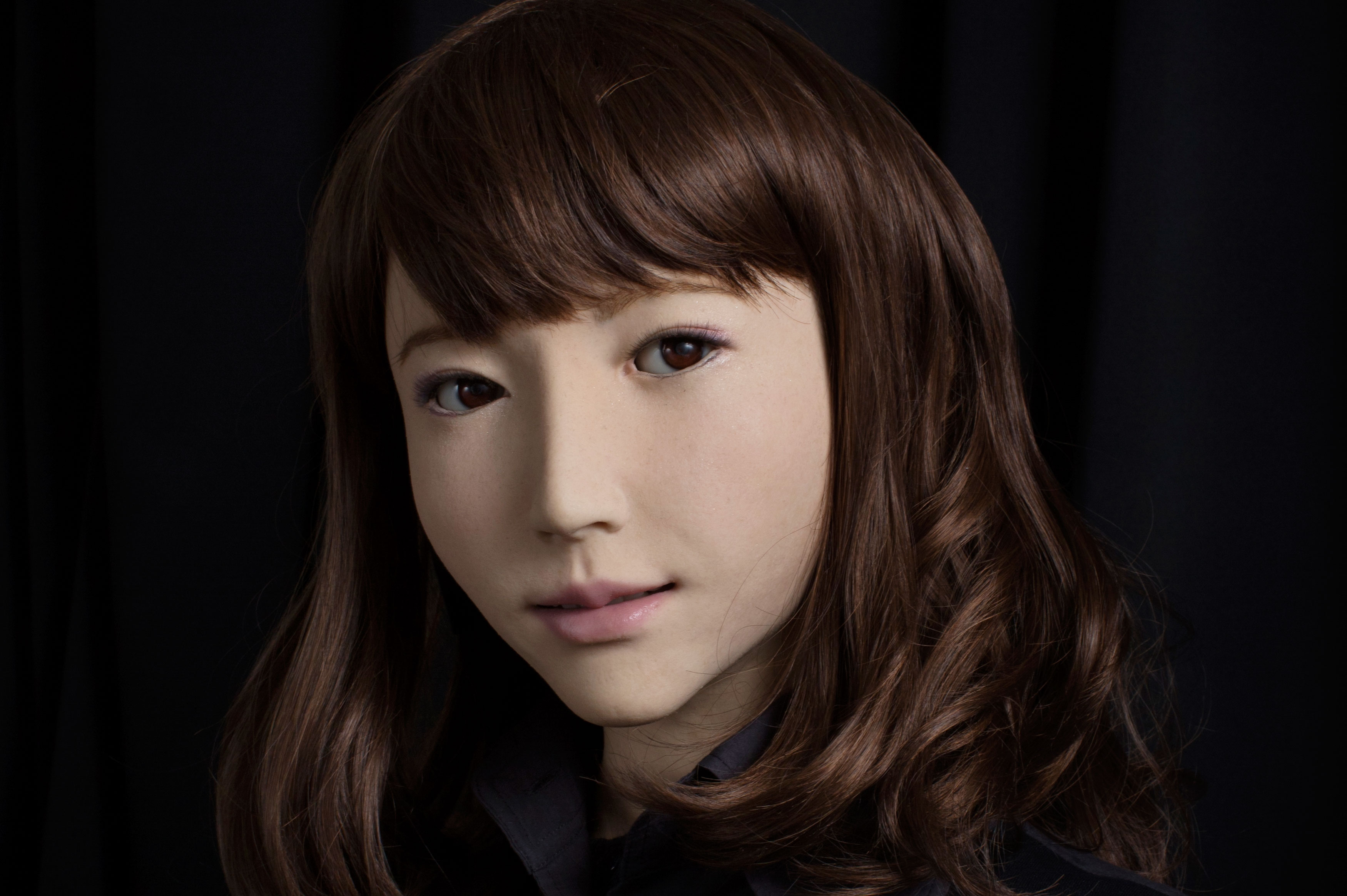
How to make friends with robots
Imagine. It’s 2025, and you’re slowly waking up. The robot next to your bed is beaming artificial sunlight in sync with the natural sunlight outside your curtains. It’s projecting today’s most important headlines on the ceiling above your bed and as your eyes flick through the news, you hear the shower turning on, coffee dripping and the stove working its magic.
A perfectly suited outfit is laid out on your bed. Your robot hands you your coffee and breakfast tailored to your flavor. A driverless car swings up, ready to take you to work. But perhaps you skip the ride, and rather put your VR headset on and lean back as a 3D digital office unfolds in front of your eyes. If you’re a sci-fi geek, none of these scenarios will seem particularly far-out. But how likely are we to experience a future in which these scenarios no longer belong to fiction, but are as a natural part of our day as smartphones? And is this a future we want?
“What kind of future do we want?”
Japan has always been a frontrunner in technology. Erica, a semi-autonomous android, resembles a human; modeling a plastic skull and silicone skin with wires connecting her to AI software systems that bring her to life. She is the result of one of the most funded scientific projects in Japan, and a collaboration between Osaka and Kyoto universities and the Advanced Telecommunications Research Institute International. Her creators, Hiroshi Ishiguro and Dylan Glas, claim Erica is “living” proof that the future might be closer than we think. Using sensors and microphones, she is able to pick up what people are saying to her, and through AI software, she can respond convincingly. Erica works as a receptionist at their laboratory.
It makes sense to emulate humans
The tech-industry knows that humans are inherently wired to recognize and interact with other humans. So from a behavioral adoption point of view, it makes sense to develop robots emulating the human body. They do rely on our adaptation – fueling their machine learning minds in order to make them smarter – or more human. And the only way to achieve this would be to stimulate frequent, continuous and human-like interaction over time. Research also shows that we tend to find robots endearing as long as they resemble something non-human, like animals. The moment we encounter robots that resemble humans we find them troubling.
That said, we are capable of developing feelings for robots. Multiple studies have been conducted, in which the results clearly imply that we subconsciously start treating machines around us like social beings – given the right context. Several studies have shown participants feeling grief and remorse when either requested to abuse or witness a robot being abused. In one study observers could watch how participants found it nearly impossible to push a button that indirectly would destruct a friendly-looking robot if it misbehaved, while it begged to be forgiven. Technology has consistently functioned as a catalyst to a more efficient, healthy and sustainable world. For example, in the healthcare sector we’re seeing huge advances with life-saving techniques leveraging AI to aid doctors with disease diagnosis.
It ‘s up to us
Robots, created in both hardware and software, will inevitably shape our future. How we let them do that, is up to us. Robots of the kind depicted by Erica will not be ubiquitous in the next few years. To give you a picture of the magnitude of complexity required to design the interplay between the software and hardware that keeps a bot on its feet, it typically takes more than 500,000 lines of code to put one foot in front of the other. Then again, this is an ability that took hundreds and thousands of years of human evolution for humans to perfect.
Perhaps our concerns with humanoid robots will never materialize. Considering the pace at which humans are integrating closer with technology, through enhancements of the sorts like BCI (Brain Computer Interfaces), exoskeletons and eventually nanobots streaming through our body, maybe the question should not be whether robots should resemble humans. Perhaps the integration of human and technology will redefine what it means to be human. Together as consumers we have more power than robotic scientists. Technology has to adapt to us, because we can’t adapt to it fast enough. At this point in time, we should be asking ourselves what kind of future we want. And the most important question remains to be answered: Which ethical standards, values and goals do we choose to pass on to our mechanical companions?